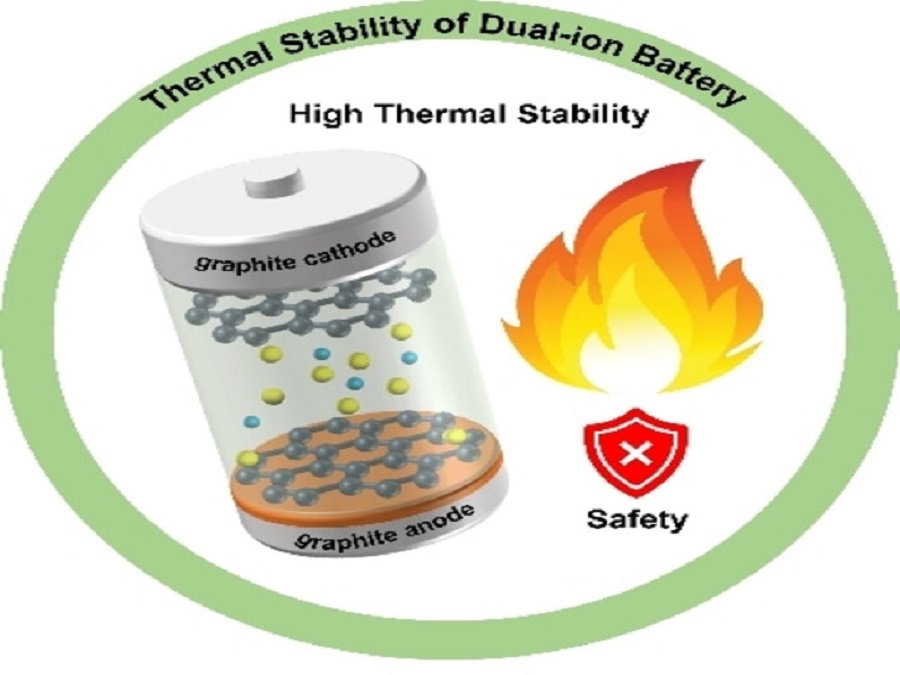Thermal Stability Science Behind Heat Resistance
Thermal stability is a critical concept in various scientific fields, including chemistry, materials science, and engineering. It refers to the ability of a substance or material to resist chemical or physical changes when exposed to elevated temperatures. Understanding thermal stability is essential for designing products and processes that can withstand high-temperature environments. In this blog, we will delve deep into the science of thermal stability, its importance, factors affecting it, and real-world applications.
The Significance of Thermal Stability
Thermal stability is a fundamental property that affects a wide range of industries and applications. Its significance can be observed in:
- Chemical Reactions: Many chemical reactions are sensitive to temperature changes. Substances with low thermal stability may decompose or react unpredictably when heated, leading to undesired outcomes. On the other hand, thermally stable compounds can endure high temperatures, allowing for controlled and efficient chemical processes.
- Material Durability: In materials science and engineering, thermal stability is crucial for designing materials that can withstand extreme conditions. Whether it’s aerospace components exposed to high temperatures during re-entry or electronic devices operating in hot environments, thermal stability is vital to prevent degradation and failure.
- Energy Storage and Conversion: Energy storage systems, such as batteries and supercapacitors, rely on materials with high thermal stability to ensure safe and efficient operation. Additionally, thermal stability plays a role in energy conversion processes, like those in power plants and renewable energy technologies.
- Pharmaceuticals and Food Industry: The pharmaceutical and food industries must ensure that their products remain stable under various storage conditions, including exposure to heat. Thermal stability testing is essential to assess product shelf life and safety.
- Environmental Impact: Understanding the thermal stability of materials is critical in assessing their environmental impact. Some materials release harmful emissions when exposed to high temperatures, contributing to pollution and environmental degradation.
Factors Affecting Thermal Stability
Several factors influence the thermal stability of substances and materials. It’s essential to consider these factors when evaluating or designing products for high-temperature applications:
- Chemical Composition: The specific atoms and bonds within a substance determine its thermal stability. Inorganic compounds like ceramics tend to have higher thermal stability than organic compounds due to their strong covalent bonds.
- Crystalline Structure: Crystalline materials often exhibit better thermal stability than amorphous ones. The regular atomic arrangement in crystals provides greater structural integrity, making them more resistant to thermal decomposition.
- Molecular Size and Weight: Smaller molecules generally have lower thermal stability because they are more prone to breaking apart when exposed to heat. Larger molecules with complex structures tend to be more thermally stable.
- Bond Strength: Strong chemical bonds, such as covalent bonds, contribute to thermal stability. Ionic and metallic bonds are also relatively strong, making compounds with these bonds more heat-resistant.
- Impurities: The presence of impurities can significantly affect thermal stability. Even small amounts of impurities can catalyse chemical reactions, leading to thermal decomposition.
- Heating Rate: The rate at which a substance is heated can impact its thermal stability. Slow, controlled heating may allow a substance to undergo less decomposition compared to rapid heating.
- Oxygen and Moisture: Some materials are sensitive to the presence of oxygen or moisture. These external factors can accelerate thermal degradation processes, making it essential to control the environment when assessing thermal stability.
Applications of Thermal Stability
Thermal stability has a wide range of applications across various industries. Here are some examples:
- Aerospace: Aircraft components, such as turbine blades and heat shields, must withstand high temperatures during flight. Materials with excellent thermal stability, like super alloys and ceramics, are used in aerospace applications.
- Electronics: Electronic devices generate heat during operation. High thermal stability materials are used to dissipate this heat efficiently and prevent overheating, ensuring the device’s longevity.
- Automotive: Automotive engines operate at elevated temperatures. Materials with good thermal stability are used for engine components to ensure reliability and fuel efficiency.
- Chemical Manufacturing: Chemical processes often involve reactions at high temperatures. Understanding the thermal stability of reagents and products is crucial to designing safe and efficient chemical processes.
- Energy Storage: Lithium-ion batteries rely on materials with high thermal stability to prevent thermal runaway and ensure safe operation. Thermal stability is also essential for grid-scale energy storage systems.
- Food and Pharmaceuticals: Packaging materials and drug formulations must remain stable during storage and transportation. Thermal stability testing is essential to ensure product quality and safety.
- Renewable Energy: Solar panels and wind turbines are exposed to various environmental conditions, including high temperatures. Materials with good thermal stability are used to prolong the lifespan of renewable energy infrastructure.
Conclusion
Thermal stability is a fundamental property that impacts a wide range of industries and applications. Understanding the science behind thermal stability and its influencing factors is crucial for designing products and processes that can withstand high-temperature environments. As technology continues to advance and industries push the boundaries of what is possible, the demand for materials and substances with superior thermal stability will only increase, driving innovation in materials science and engineering.
Source
- https://analyzing-testing.netzsch.com/en/training-know-how/glossary/thermal-stability
- https://fscdn.rohm.com/en/products/databook/applinote/common/basics_of_thermal_resistance_and_heat_dissipation_an-e.pdf
- https://www.nature.com/articles/s41467-020-14926-5
- https://research.ibm.com/publications/reliability-study-of-a-128mb-phase-change-memory-chip-implemented-with-doped-ga-sb-ge-with-extraordinary-thermal-stability
- https://pubs.acs.org/doi/10.1021/ie5009597
- https://chemistry-europe.onlinelibrary.wiley.com/doi/abs/10.1002/cssc.202201221

